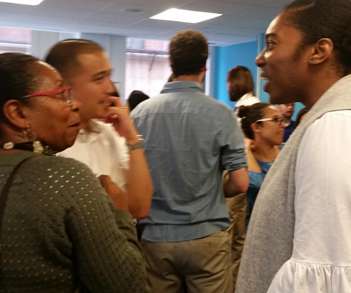Flat, Tall, or In Between—Is It Time to Evaluate Your Organizational Structure?
.orgSource
DECEMBER 12, 2022
The organization may still be boxed into a structure that’s been the same for 20 years or more. You can take baby steps and evaluate which strategies are successful and which are not. In a flat organization, the distance between the CEO and junior employees is minimal. But that’s often the extent of the update. Clarify Roles.















































Let's personalize your content